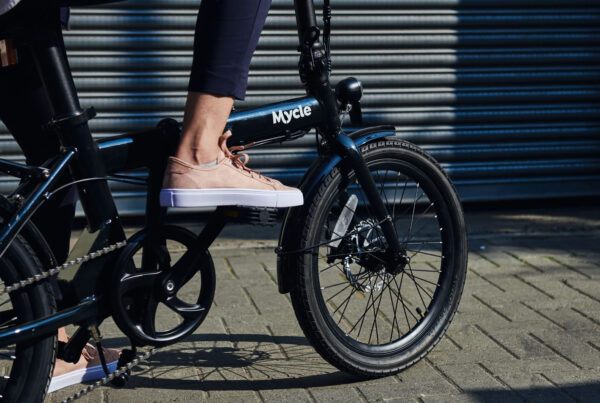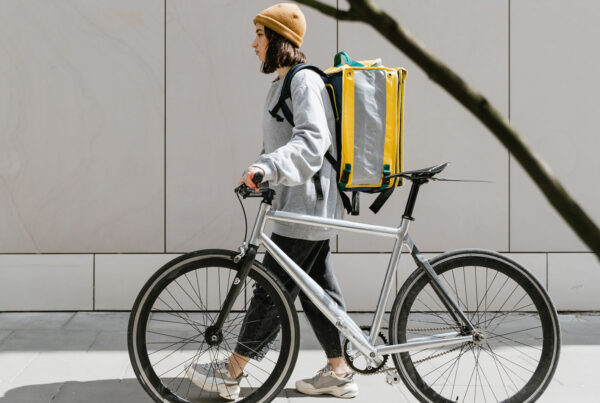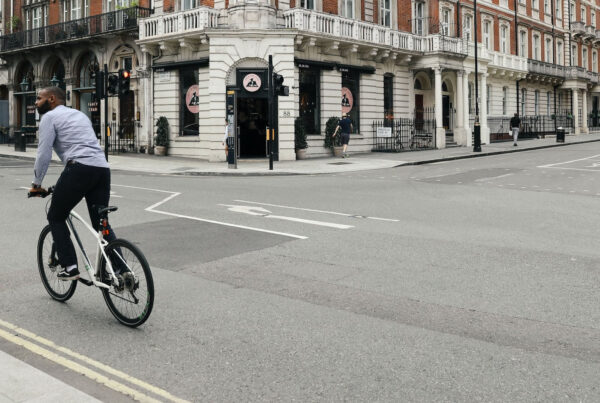Planning your first commute to work
Introduction
It’s not easy to get started as a cyclist, but it can be done! Even if you’re in it for the long run, it’s important to be safe and comfortable when you first start commuting by bike. Here are some tips on how to plan your first commute:
Choose your route
When you’re planning your commute, it’s important to think about the route you’ll take. There are lots of factors to consider:
- Is the road safe? Are there any hazards that could cause you harm while you’re riding? Are there drivers who don’t know how to share the road with cyclists?
- Is it comfortable and enjoyable? Do you want to avoid busy roads that might be full of cars, trucks and buses–or do they just make sense given where your office is located? If so, how far out will those roads be from where you live or work? Are their bike lanes in good condition (and well-maintained)? How much traffic does this route have during rush hour each day; will there be too much congestion for comfort and safety on my bike ride home from work every day after 6 pm
Get the right gear
If you’re going to be riding a bike to work, or even just riding around town, it’s important that you have the right gear.
First of all, make sure that your helmet fits correctly and is in good condition. A helmet should fit snugly but not be too tight–you should be able to fit two fingers between the strap and your chin when fastened. The helmet itself should be smooth and free from cracks or dents (which could indicate an old model).
Next up: reflective clothing! Bright colors like yellow can help drivers see you more easily at night (and during daylight hours too). And don’t forget gloves–they’ll keep your hands warm on chilly mornings as well as provide protection from road debris such as gravel or broken glass if needed. Finally, waterproof shoes are crucial if there’s any chance of rain during commutes over long distances; this will help prevent blisters caused by wet shoes rubbing against bare skin inside socks after being soaked through with moisture for extended periods of time.
Find out what’s on your route
It’s important to find out what’s on your route before you set out. Your commute might be quiet, but it could also be dangerous. If there are hazards, such as potholes or broken glass, avoid them and take another route instead.
If you encounter any problems on the road during your commute–for example if someone else causes an accident–make sure that they are okay before calling for help or getting involved yourself (unless there is immediate danger).
Consider alternative transportation options
If you’re a first-time commuter, it can be helpful to consider alternative transportation options before you decide on your commute. For example:
- Consider the weather. If it’s going to be rainy or snowy in the morning, public transit may not be an option for you (and even if it is, riding with wet shoes is likely not fun). If there’s no other way to get where you need to go, consider wearing waterproof boots or shoes that are less likely than others to get soaked through by waterlogged streets and sidewalks–or just put on an extra pair of socks!
Make sure you’re prepared for the weather
When you’re planning your commute, it’s important to remember that the weather can be unpredictable. Be sure to check the weather forecast before leaving and pack accordingly. If rain is in the forecast, bring a change of clothes or at least a raincoat so that if it does start raining while you are on your way home, you’ll be prepared.
If there are strong winds or snow on the ground, make sure to wear a helmet (and use lights if it’s dark outside). Also wear gloves; they not only keep hands warm but also protect them from injury when riding over rough terrain. And finally: reflective clothing! This will help drivers see cyclists more easily during both daytime and nighttime commutes–and since most accidents happen at night when visibility is low anyway (for both cars and bikes), this is especially important for cyclists who commute at night without lights on their bikes
Even if you’re in it for the long run, you’ll want to be safe and comfortable when you first start commuting by bike
If you’re in it for the long run, then safety and comfort are important.
The best way to be safe is by planning your route ahead of time and making sure that it’s as clear of obstacles as possible. This means taking into account things like:
- The presence of cars, trucks, pedestrians and other cyclists on your route
- Traffic lights (and whether they will help or hinder your progress)
- Road conditions (are there potholes? Is it bumpy?)
You’ll also want to think about what gear is right for commuting by bike–and if there are any special pieces of equipment that might make things easier while riding in traffic. For example:
- Lights! You should always have a headlight when riding at night; this helps drivers see where you’re going so they don’t hit you with their cars/trucks/bikes/etc., but also makes sure others can see where YOU’RE going so THEY don’t hit YOU with THEIR cars/trucks/bikes…or whatever else might be around them at any given moment (think dogs). Make sure all lights work properly before setting out on any trip!
Conclusion
It’s not easy to start commuting by bike, but it’s worth it. You’ll save money on gas and car maintenance, plus you’ll get some exercise in the process. If this sounds like something you’d like to try, we hope our tips will help make your first commute a little easier!



